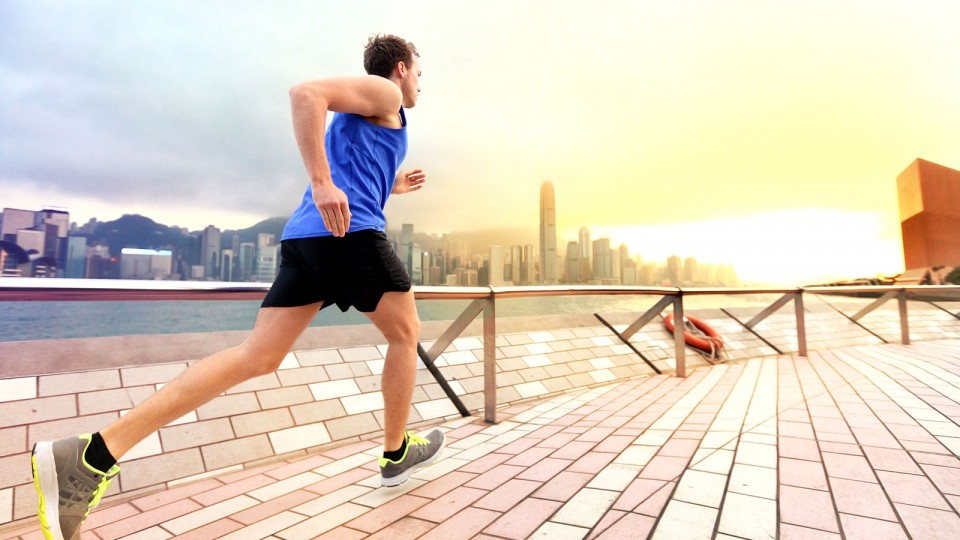Despite being on the same continent, runners in Asia have different styles, preferences, cultures and equipment. As would be expected from the totally different cultures in Asia, runners in each country have their own unique idiosyncrasies.
Those with more disposable income and sophistication around the world are more likely to engage in running for the pure purpose of physical fitness or pleasure. For that reason, urban centres tend to have more runners than the countryside. What all the countries have in common is the love of staying fit and the love of running for sport and pleasure.
China
As the most populated nation on earth, China has a unique, multi-faceted and growing running culture. They have developed domestic running and apparel companies that propel the industry forward. Chinese runners are encouraged by state support as evident in how running as sport has grown.
It paid off in 2004 when Liu Xiang became the first Chinese to earn a gold medal in track and field at the Olympics as he won the 110-metre hurdles. Professionals continue to receive more state funding and home-grown private brands are also getting into the act.
Today, Chinese runners run for pleasure in groups but also increasingly for fitness and are participating in more and more international events. Wealthy Chinese are concentrated in cities and tend to run more than their countryside compatriots.
As they become more prosperous, they have begun to also enjoy travelling the world in groups to participate in running events. Major marathons around the world usually have a significant Chinese contingent.
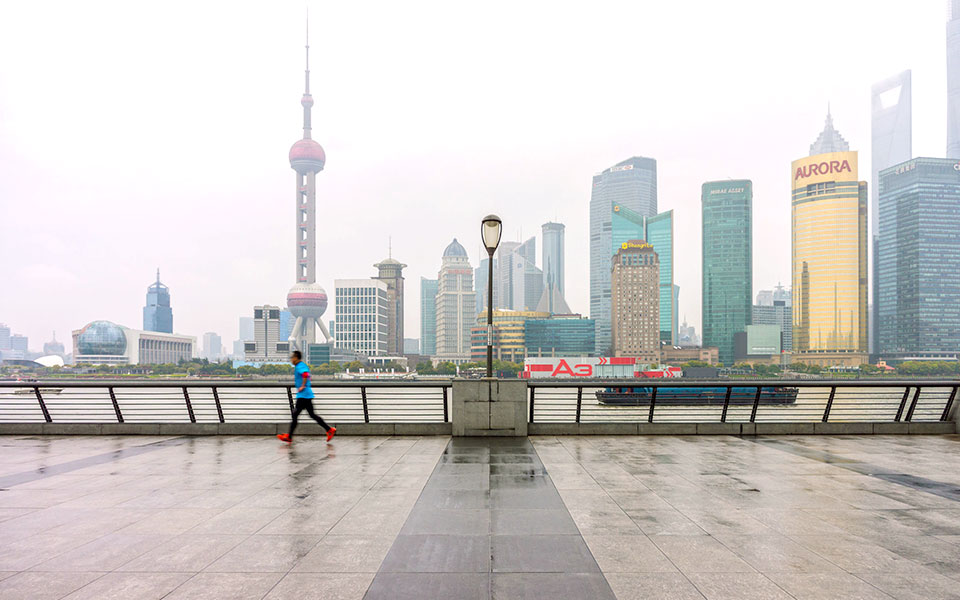
Malaysia
Malaysia is a mixed society with many Chinese but an even larger number of Malaysian Muslims. Malays are a bit conservative and segregate males and females for fitness. As the economy becomes more sophisticated and global, runners are becoming more common, especially in Kuala Lumpur.
Much of the country, particularly East Malaysia, has a laid-back island culture, which resonates with the easygoing camaraderie one often finds in local running events. Many events, be they road runs, trail races or fun runs, back a charitable beneficiary or environmental cause, and are evidently popular among runners here.
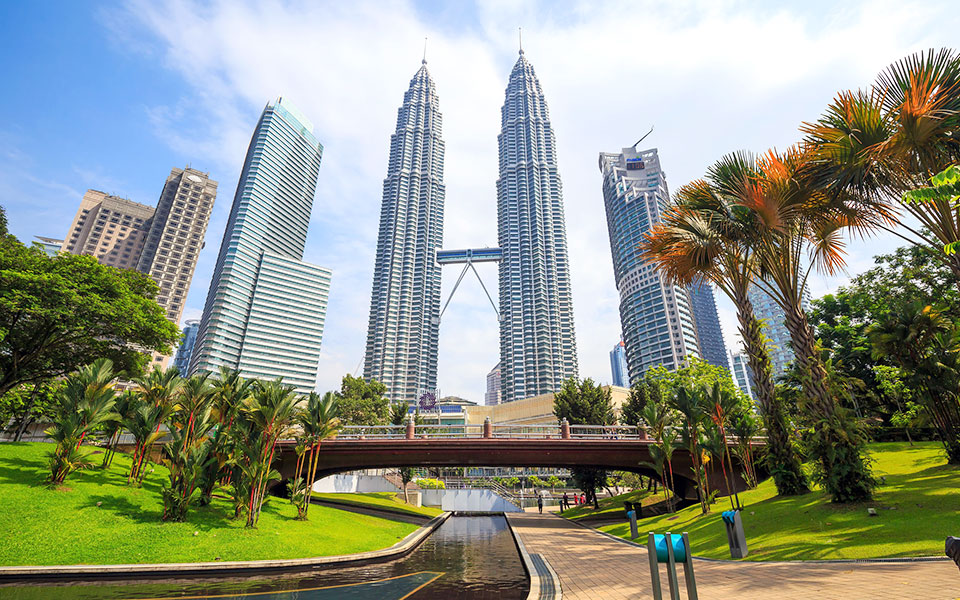
Indonesia
With an abundance of country trails, hills and beaches, Indonesians have many scenic running routes to choose from. The first city marathon organised in the country’s capital, Jakarta, was held fairly recently in October 2013 and saw 10,000 local and international runners participate.
Indonesia is also a primarily Muslim country so there is a distinct separation of runners between men and women. Each gender tends to run together although men are more likely to engage in outdoor running. When women exercise, it tends to be in groups with other females.
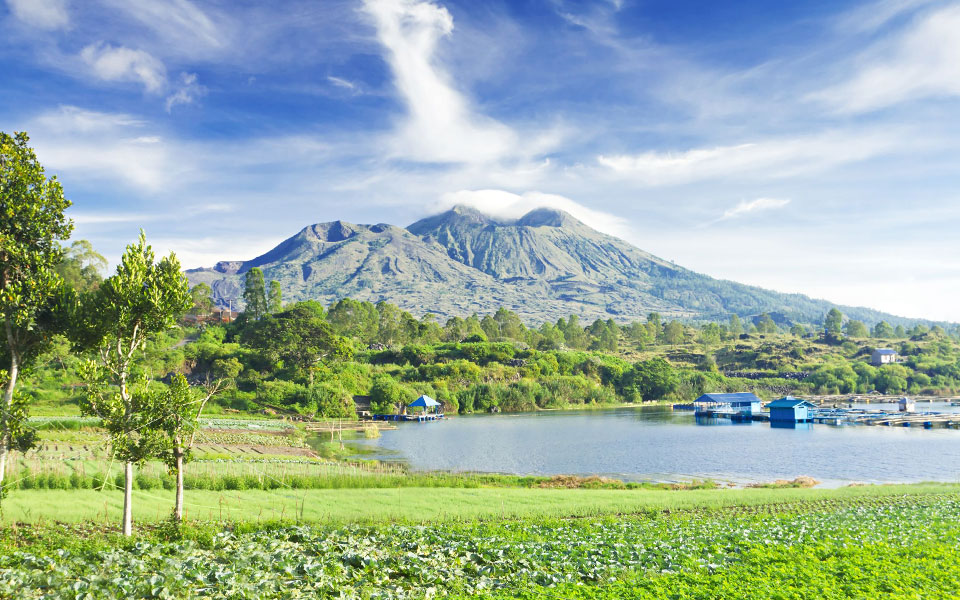
Thailand
Thailand’s culture incorporates influences from India, Vietnam, China and is a predominantly Buddhist country. Running here has a culture of respect, solitude and dedication.
Bangkok city streets are crammed with traffic, though, so most running occurs in the gym. Some runners also go out to the countryside for trail running, although the tropical heat prevents this for much of the year.
On the other hand, Thailand has been hosting many more running events of all distances and terrains, making it a popular running vacation destination for foreigners but also a supportive place for a flourishing local running community.
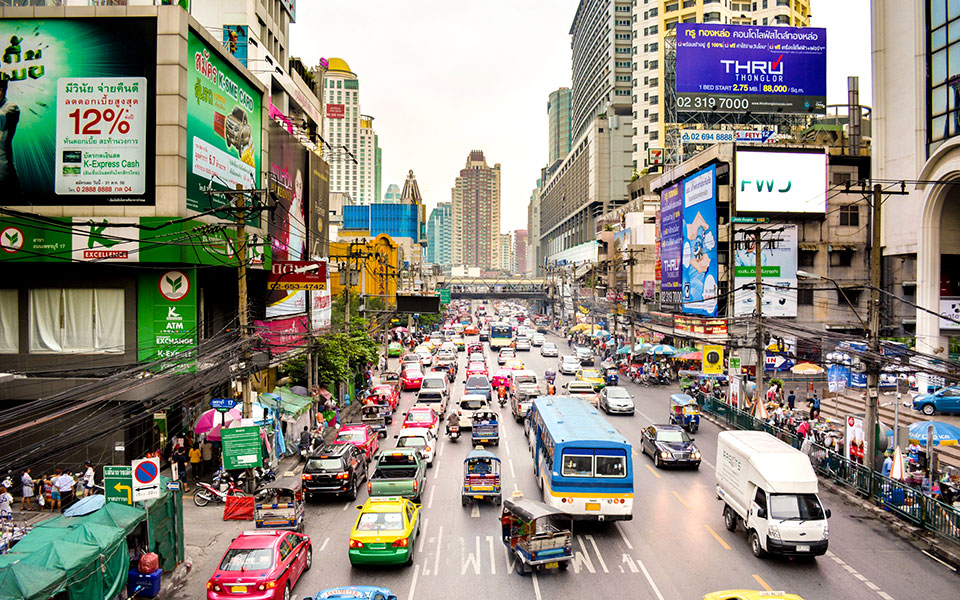
Singapore
Singapore is a cosmopolitan city-state that combines a mix of expatriates, Chinese, Indians and Malaysians. The unique blend of cultures allows for a blend of running cultures as well. However, due to the density of the city and warm weather, some people prefer to use treadmills indoors. As there is an abundance of parks and running pathways around the city, running has become one of the easy and convenient sports to adopt.
They have many new interesting fun runs and the annual Standard Chartered Singapore Marathon held in December which has almost 50,000 runners is growing in popularity as well.
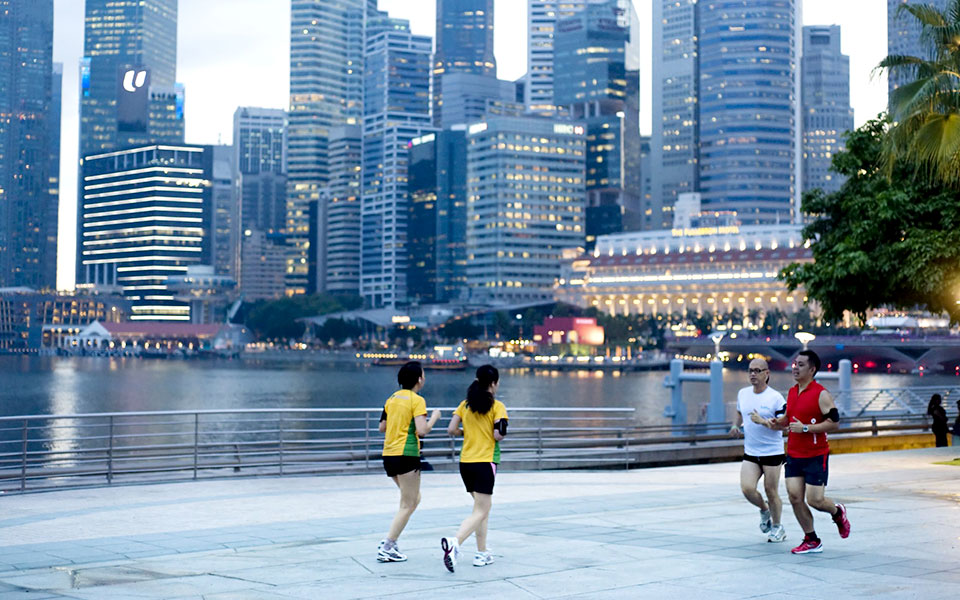
Japan
Japan has a well-known, thriving running culture which sees thousands of native runners taking part in international competitions. Their rich heritage is often incorporated into their running events. In fact, one of the main running routes in Tokyo takes runners around the Imperial Palace.
Known for their focus and intensity, Japanese runners are particularly fond of long-distance running. The Tokyo Marathon held in April is one of the world’s largest and is the unofficial start of the global running season. Japanese runners tend to be extremely considerate and always support others even when they may not know them personally.

Taiwan
Taiwan is following a similar path as Japan and South Korea, with Chinese characteristics. More and more people are becoming runners, although they are slightly less organised and group-oriented. Taiwanese frequently run long distances and are active participants in marathons all around the world. They love ultra marathons and trail runs along their hilly terrain and incredible natural scenery.
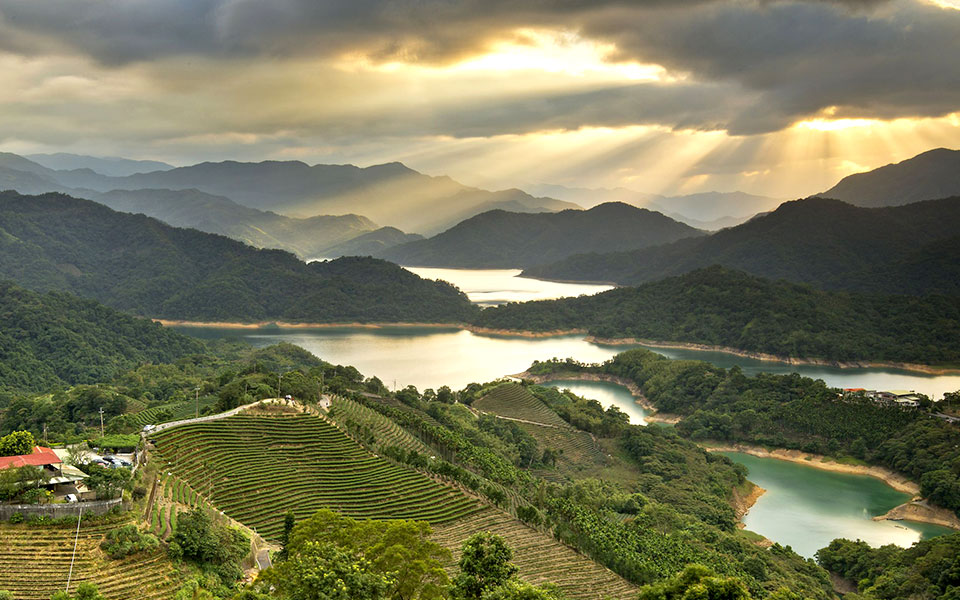
Australia
Australia is a traditionally Anglo country with a strong history of physical fitness for sport and pleasure. The country has produced a series of world-class athletes in sports as varied as swimming, tennis, golf and cricket.
Although it has few internationally-renowned runners, the sport continues to gain popularity. Australians are extremely competitive and tend to enjoy local and overseas races though most run purely for fitness and pleasure.
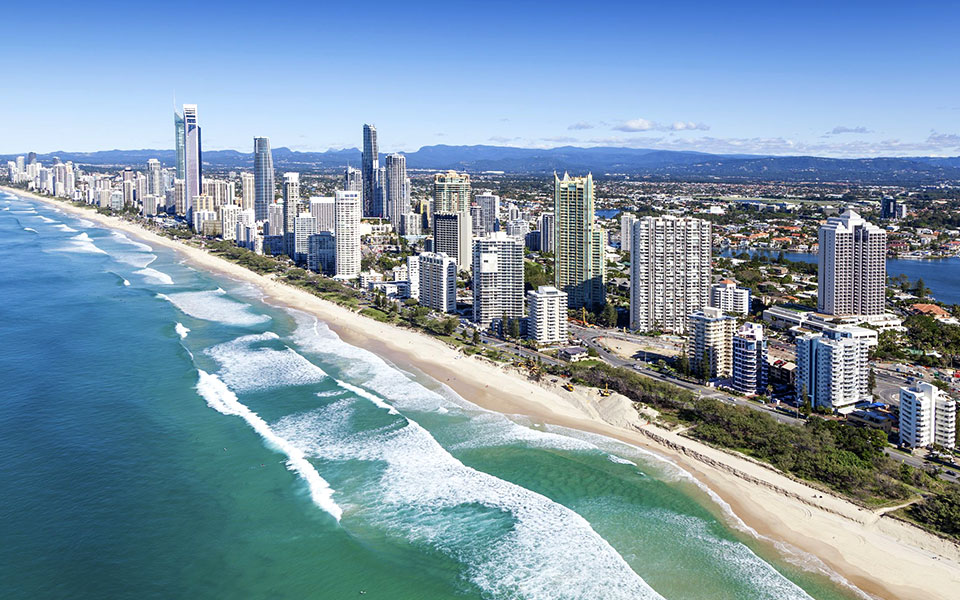
New Zealand
New Zealand is similar to Australia in culture and tradition (at least compared to other Asian nations). However, Kiwis tend to be more laid-back and less competitive than Aussies. New Zealand is a remote country with two large islands that are sparsely populated. Kiwis like to run alone along the many green pastures and farms that dot the country.
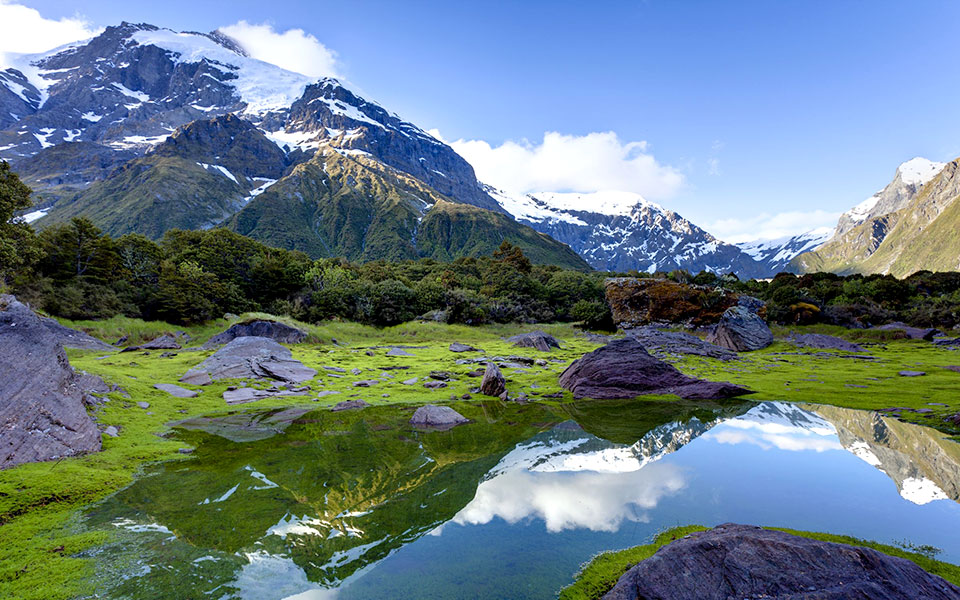
Vietnam
Vietnam is a developing country with a budding running culture. The chaos of the ’70s and ’80s is slowly giving way to a more organised and business-oriented society.
Similarly, the running culture is still a bit chaotic but is becoming more serious as time goes on. While still in its infancy, Vietnam may follow a similar (if smaller) path as their Chinese neighbours in growing their running industry. Unfortunately, the roads are still cramped and chaotic so most people prefer running in the countryside on trails and through the woods.
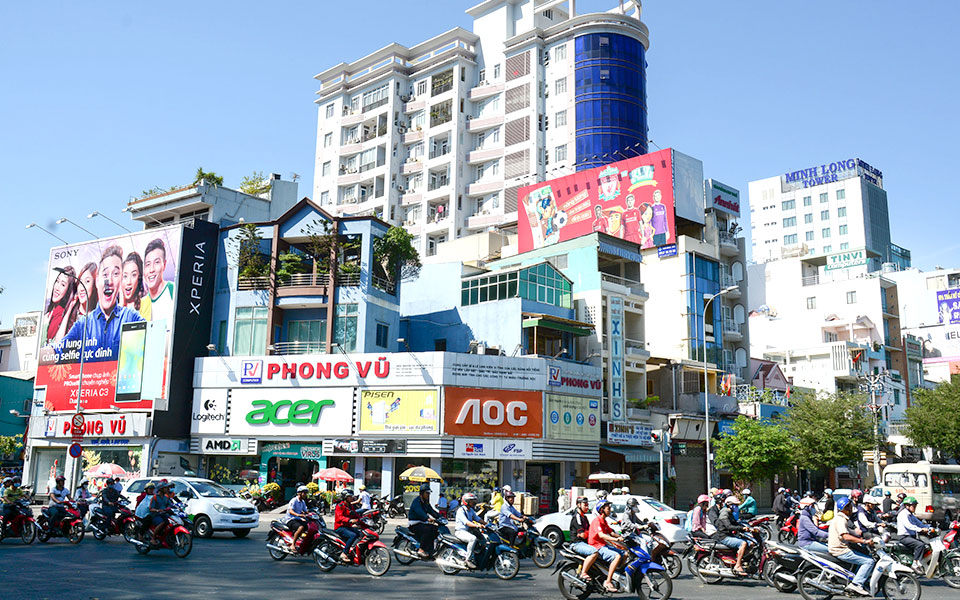
India
Although India has a huge population, running and physical fitness are not as widely popular as might be expected. The culture is still relatively conservative, so men and women tend to work out in segregated groups.
Jogging is also much more popular than sprinting or long-distance running. The participation rate in marathons and other competitions is quite low. Indians have also produced relatively few world-class athletes outside of cricket players.
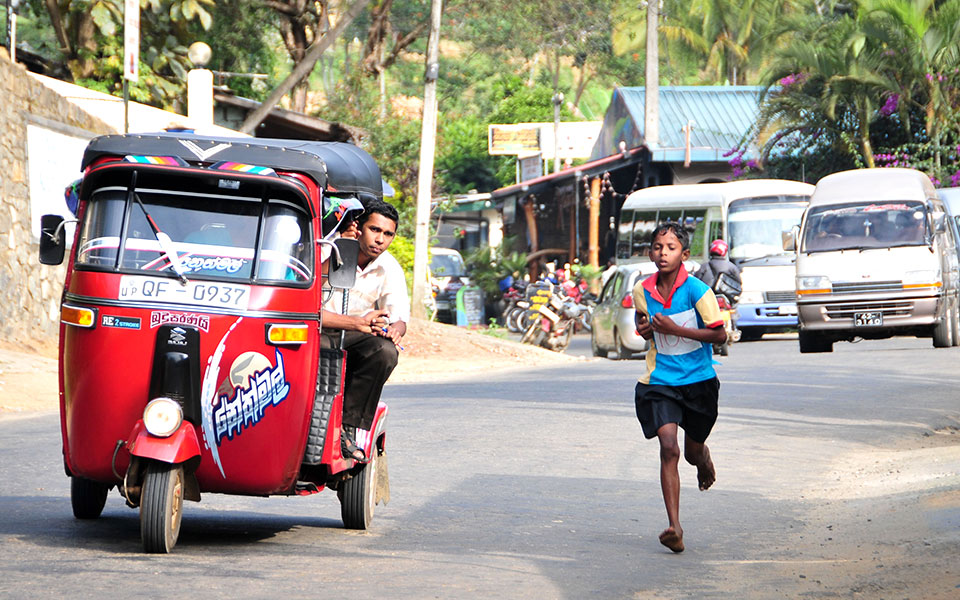
South Korea
As Seoul is one of the safest big cities in the world, Koreans who live in the capital run at all hours of the day and night. However, they are unlikely to blaze their own trail. In general, Koreans like to run in groups and follow various well-worn routes.
There are several trails in both the city and countryside that are extremely popular for runners.
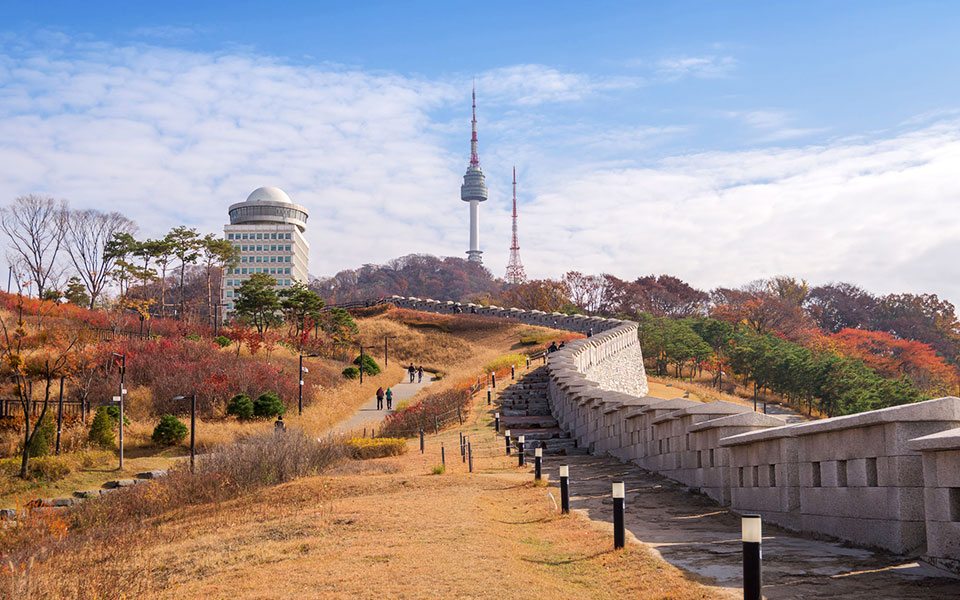
Hong Kong
Like Singapore, Hong Kong is one of the most dense cities on earth as well as a fairly polluted city due to its close proximity to the manufacturing hub in southern China. For that reason, runners like to run on treadmills high above the tumult on the streets below. On the other hand, they can travel to the other side of the island around the picturesque Victoria peak for trail runs. They have more vertical and mountain running outside.
HongKongers do take their races, particularly trail races, seriously! A number of respected, elite runners hail from Hong Kong. Major races like the Standard Chartered Hong Kong Marathon, Ultra Trail Tai Mo Shan and The North Face 100 Hong Kong are also closely watched by the global running community.
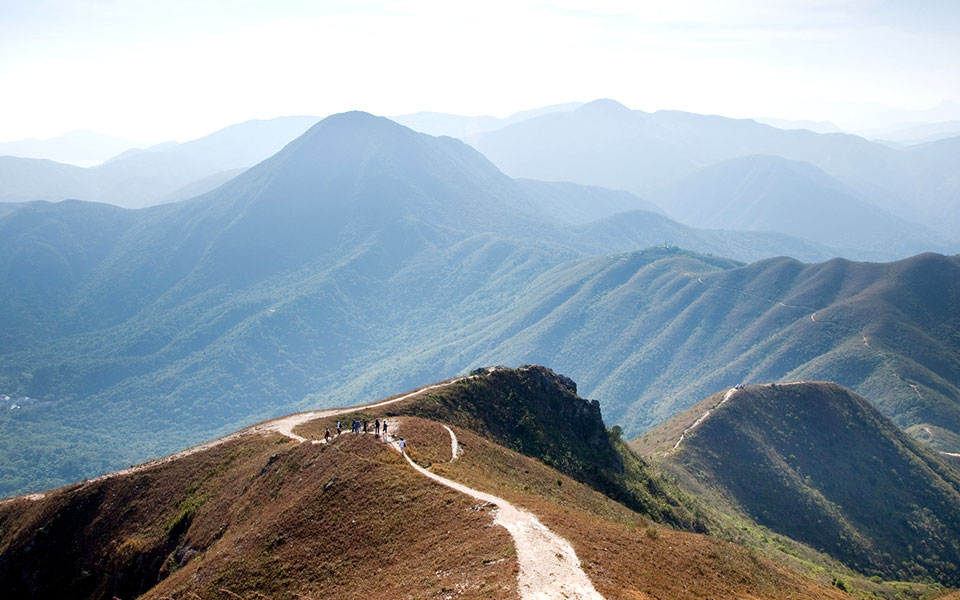
Philippines
The Philippines has an island culture with runners enjoying oceanside runs as well as trails and hills. Chaotic city streets in Manila prevent widespread city running. Filipinos are outgoing and have created many social running organisations that encourage friendship and physical improvement over competition.

What’s your running culture?
Overall, running in Asia is a diverse mix of habits and styles. The number of languages and cultures is astounding, yet they are all on a path of increased activity and running. Keep on running and make the best of every day!
Which style and habit do you feel is most relevant and useful to you?



